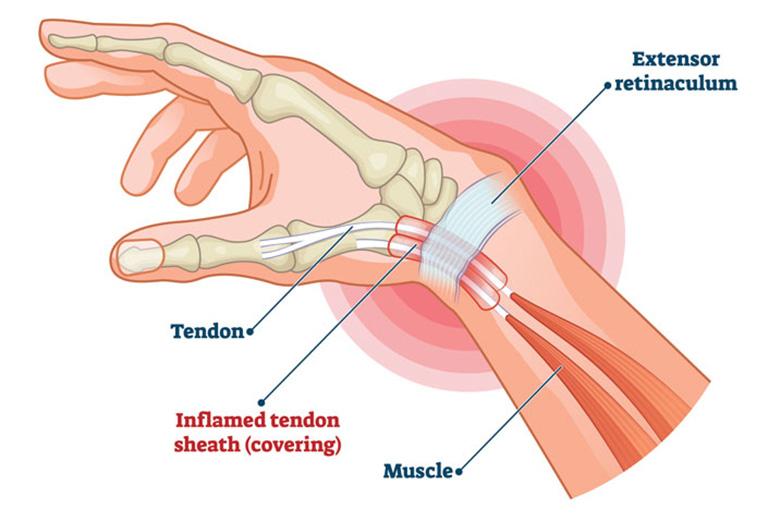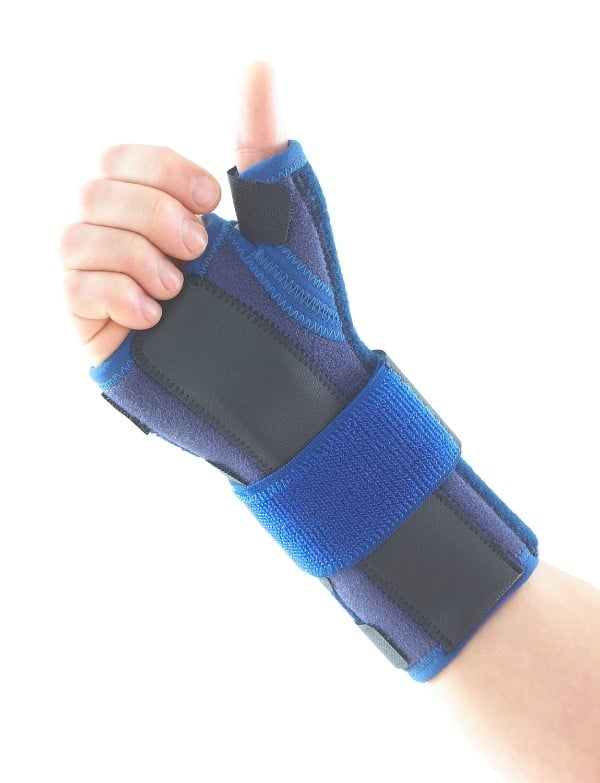De Quervain's Tenosynovitis
De Quervain's Tenosynovitis: Causes, Symptoms, and Treatment
De Quervain's Tenosynovitis, also known as De Quervain's Syndrome or Disease, is a painful wrist condition caused by inflammation of thumb-side tendons. These tendons enable essential thumb movements for daily tasks.
Causes:
- Repetitive Hand and Wrist Movements: Activities like lifting heavy objects or grasping strain tendons, leading to inflammation.
- Overuse: Continuous engagement in repetitive tasks without rest contributes to this condition.
- Direct Injury: Trauma to the thumb or wrist can trigger tendon inflammation.
Symptoms:
- Pain: Along the thumb-side wrist, sometimes extending to the forearm.
- Swelling: Tenderness and swelling around the thumb-side wrist.
- Thumb Movement Difficulty: Simple tasks like grasping become painful and challenging.
- Crepitus: Some may experience a crackling sensation during thumb movements.
Diagnosis and Treatment:
- Diagnostic Procedures: Physical examination, including Finkelstein's test, aids in diagnosis by assessing tenderness and pain during specific thumb movements.
- Conservative Treatment: Rest, activity modification, and immobilization using a thumb splint or brace reduce inflammation and promote healing.
- Kinesiotaping: Provides support, reduces inflammation, and eases symptoms. Seek guidance from a hand therapist for proper application.
- Ice and Heat Therapy: Alternating application helps alleviate pain and inflammation.
- Pain Management: Topical analgesics and corticosteroid injections offer relief.
- Hand Therapy: Custom splints and targeted exercises enhance thumb strength and flexibility.
- Surgery: Reserved for severe, unresponsive cases, surgical tendon release may be necessary.
Prompt medical evaluation is crucial for accurate diagnosis and treatment. Early intervention enhances recovery and outcomes.



© 2023 Healing Hands Hand Therapy All Rights Reserved
